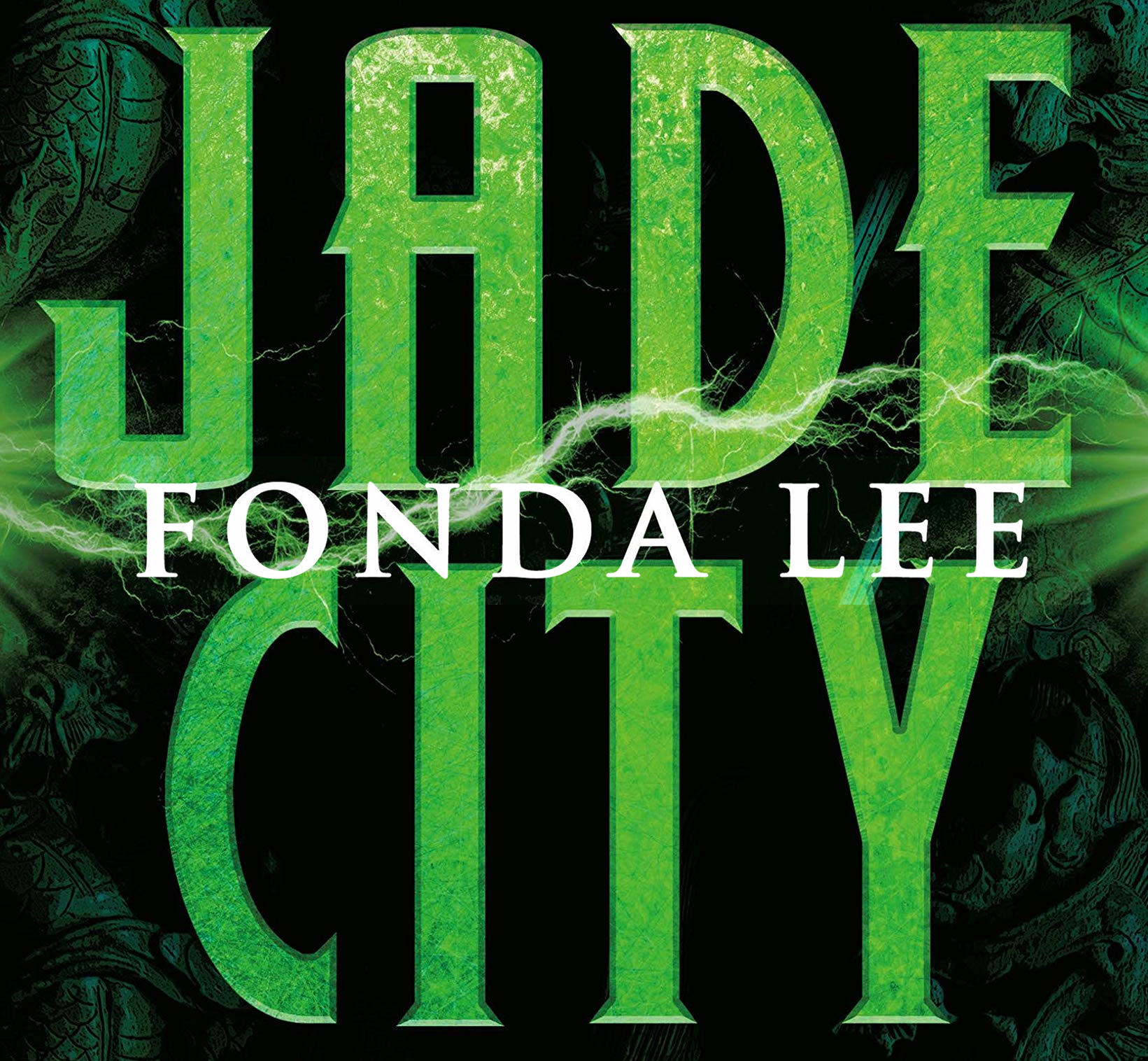The world of the Green Bone Saga is not that different from our own. Its mid-twentieth-century technology needs little explanation, though it does have a speculative element: a special type of jade that gives people superpowers, effectively turning them into kung-fu action stars (with some training).
As such, jade is the most valuable commodity in the land, and is only found in a small region. Fonda Lee throws us behind the eyes of multiple characters, all of whom have a different relationship with jade. There’s the daughter of No Peak Clan, who went to study abroad and is attempting to forge her own path without resorting to jade or her family’s name. Her brother, who has to lead the clan of jade fighters, but can’t escape the shadows cast by his dead father and his belligerent, senile grandfather. A young man who’ll do anything to get his hands on jade again to drag himself out of obscurity.
There’s more, from primary characters to bench-warmers, and Fonda Lee does a great job of giving us just enough of a glimpse into their minds and their history to know what makes them tick. Characters are my main reading pathway, the part of a book that hooks me, so I have a harder time reading about unsympathetic people. That wasn’t a problem here, as the more unsavory part of the cast grabs the spotlight only long enough to convey important information to the reader. All of these characters face internal and external conflicts, and at this point it shouldn’t surprise you to learn that they revolve around one thing.
For the two clans fighting over Kekon, jade means the power to control the streets, their businesses, and the city. For the clan-affiliated, jade is a way to rise within the ranks and win glory. For outsiders, it’s a way to claim a stake into the real power struggle in the city, or a small fortune when sold to the right buyer. For foreign nations, it’s an advantage over their rivals.
But jade represents more than power and glory, as it touches all aspects of Kekon society. It’s intermingled with honor for the clans’ fighters and with faith for those of the cloth. It affords status within the populace. It’s more valuable than money, given its limited supply and its control. All of which is to say that the green stone sits at the core of the book’s world-building.
Jade City trains readers the way the academy trains the clan’s youth in the use of green powers. We are told, chapter after chapter, that jade is not only valuable, but has a deep personal connection to its wearer. So I was primed, when a certain desecration happens late in the book, to react with outrage, the way any Kekonese person would. It’s world-building that works, and it had me cursing the thief’s name.
When writers think through their world-building and apply speculative elements logically, it becomes that much easier for readers to buy into said elements. Instead of introducing magic stones that give warriors special abilities and leaving it at that, Fonda Lee pondered what the consequences would be for the little people, the economy, the political elite, and how a society might evolve with these stones in its midst, as well as the world around this society.
The clan warriors, known as green bones, are nothing without jade. Few occasions are as important as claiming a fallen foe’s pebbles or receiving one’s first set from the academy master. The Deitist religion holds jade as sacred, a gift from the gods. As readers, we soon understand its vital importance, not just in the world, but in the characters’ personal lives.
Which is why I was so upset when the desecration I mentioned earlier happens. I was completely bought in, and such an act was unthinkable to me, even though it makes sense for the perpetrator to do it. Sell me your fantasy elements like the Green Bone Saga sells me jade.
